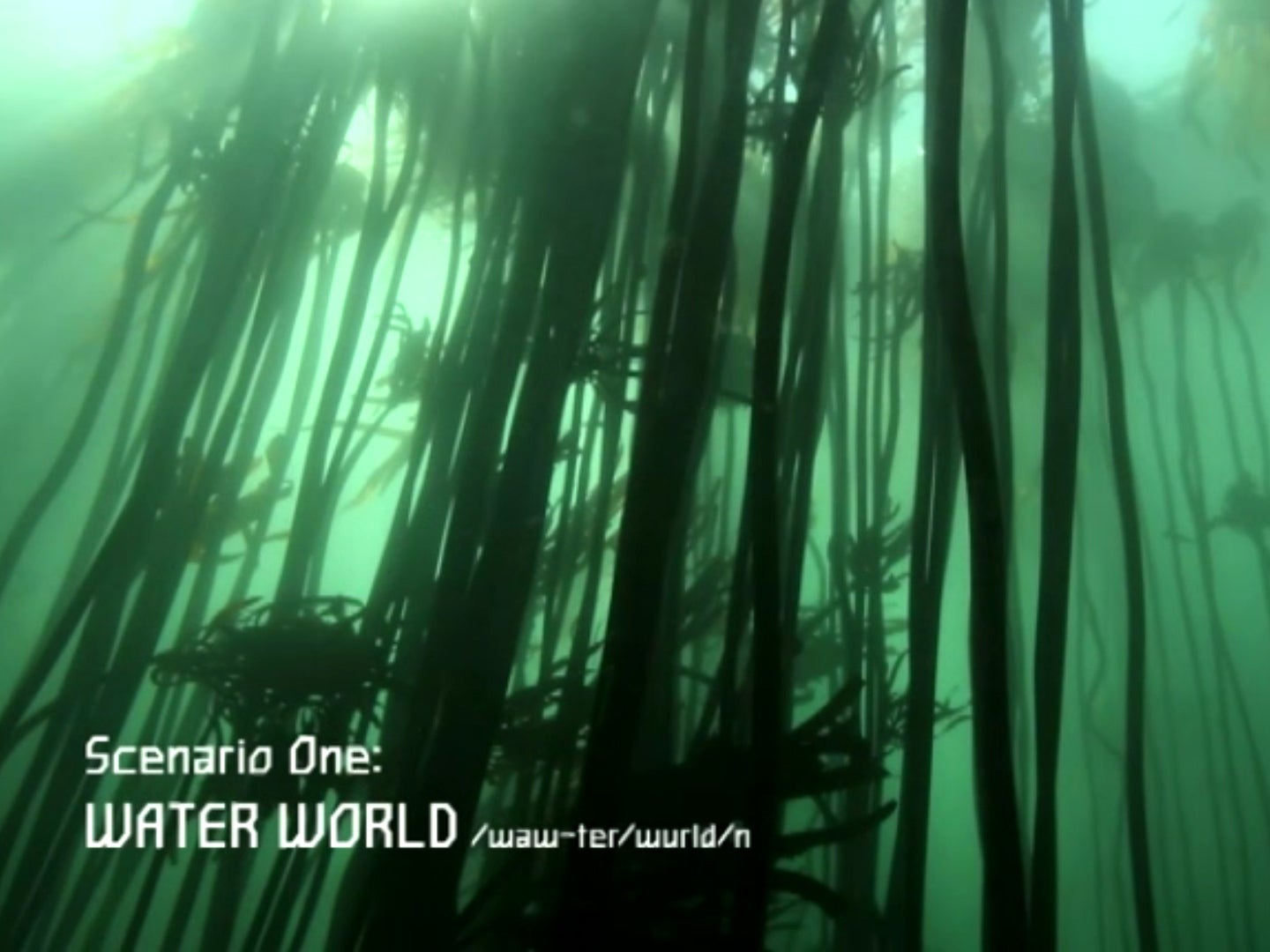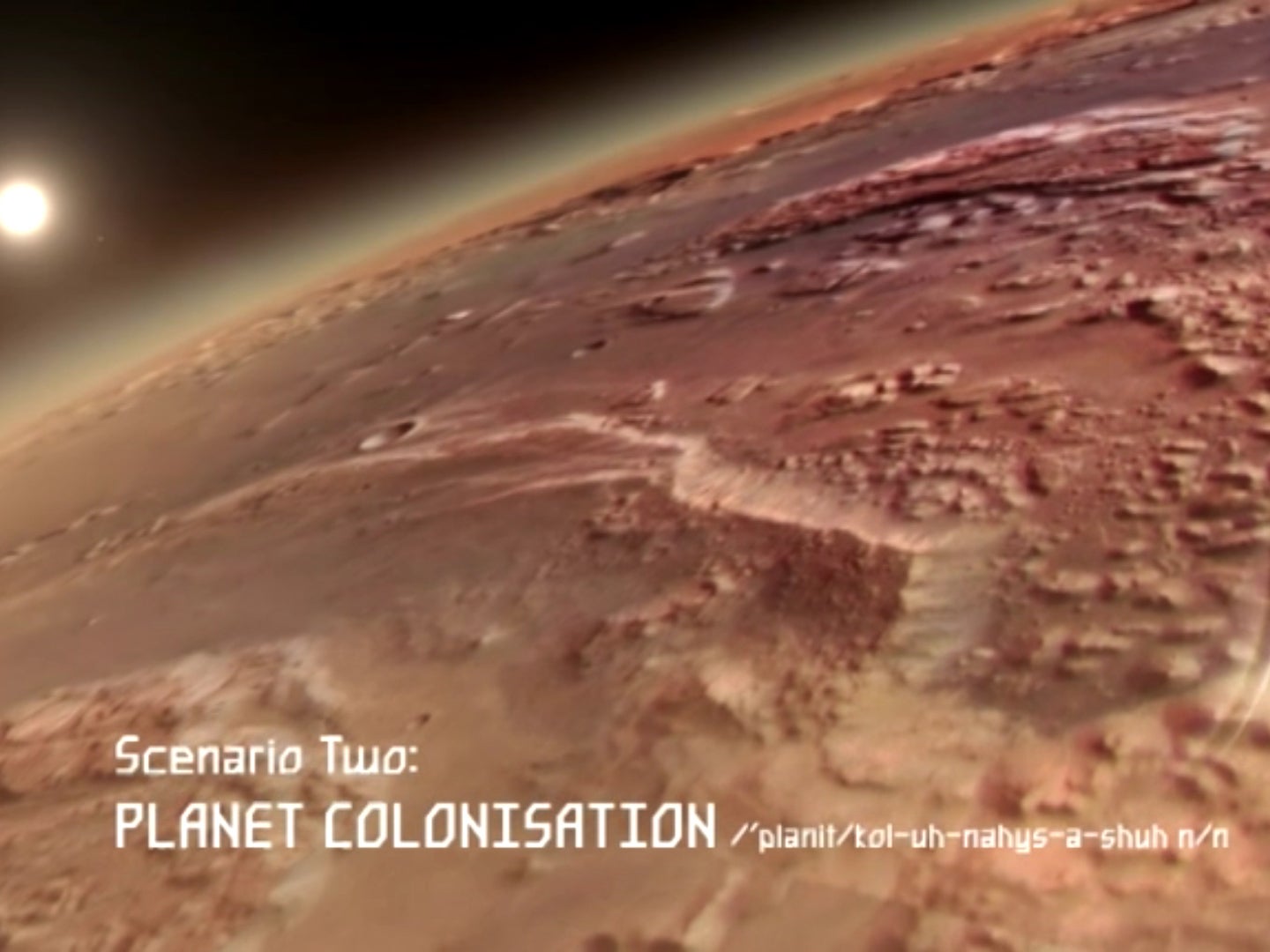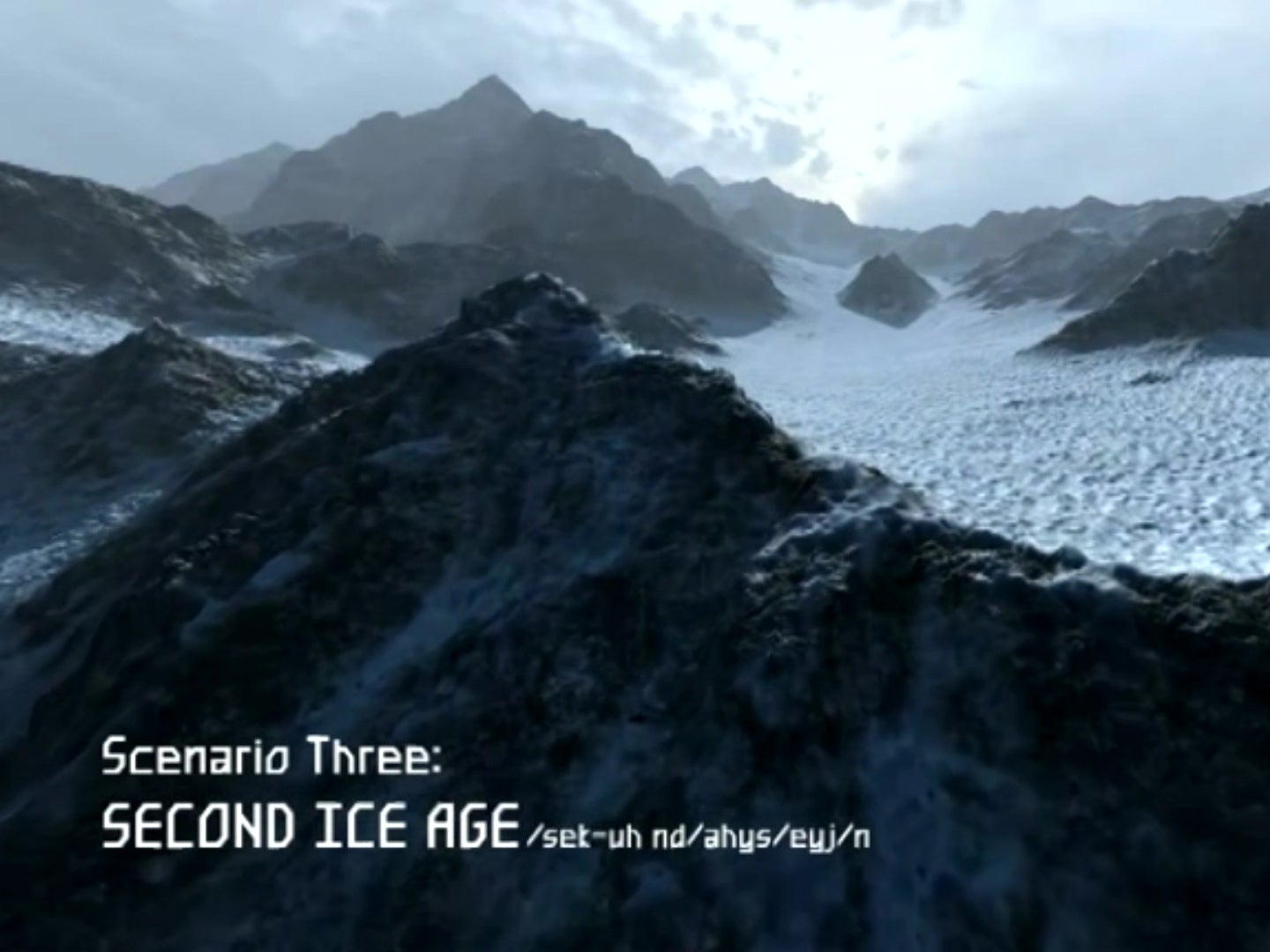What humans may look like in the future: webbed toes; fewer teeth and extra eyelids
‘No matter what scenario we might find ourselves in the future, whether it is a water world, a second ice age or colonising another planet; humans will always try to avoid extinction. Ultimately, it is a fight for survival.’
Your support helps us to tell the story
From reproductive rights to climate change to Big Tech, The Independent is on the ground when the story is developing. Whether it's investigating the financials of Elon Musk's pro-Trump PAC or producing our latest documentary, 'The A Word', which shines a light on the American women fighting for reproductive rights, we know how important it is to parse out the facts from the messaging.
At such a critical moment in US history, we need reporters on the ground. Your donation allows us to keep sending journalists to speak to both sides of the story.
The Independent is trusted by Americans across the entire political spectrum. And unlike many other quality news outlets, we choose not to lock Americans out of our reporting and analysis with paywalls. We believe quality journalism should be available to everyone, paid for by those who can afford it.
Your support makes all the difference.In an uncertain world facing the increasingly visible effects of climate change to devastating natural disasters, no scenario can be ruled out.
You never know – disaster films like Armageddon and The Day After Tomorrow may one day become a reality; and humankind will have to adapt once again.
Dr Matthew Skinner, a paleoanthropologist at the University of Kent, was challenged by television channel, Syfy, on how the human body might evolve to survive in three different habitats.

Water World
This scenario relates to global warming – melting ice caps could lead to a drastic rise in sea levels, forcing humans to live in an underwater community.
“What we might see is changes to our body which help us to swim better, for example, we might see a lengthening of our fingers – this might cause us to evolve webbed fingers and toes.”
“And perhaps, most striking, what we might see is a nictitating membrane – essentially a third eyelid which helps protect the eye in an underwater environment”.

Planet Colonisation
“The idea of travelling to space has always fascinated humans.”
“We might have to take our food in liquid form or pill form, this would relax the selective pressures on our mouths and we might see our jaws get very small and teeth reduce in size, and we might have some teeth disappear.”

A second ice age
A drastic reduction in the amount of sunlight we receive could result in a second ice age.
This could happen through an asteroid impact or increased volcanic activity leading to a significant amount of ash blocking sunlight.
“One of the things that is critical to our body’s function is the absorbance of Vitamin D from the sun’s light.”
“In order to increase our ability to absorb Vitamin D; we might see our skin become paler, our hair become lighter; but in order to stay warm, we might see an overall increase of hair on our bodies.”

Join our commenting forum
Join thought-provoking conversations, follow other Independent readers and see their replies
Comments